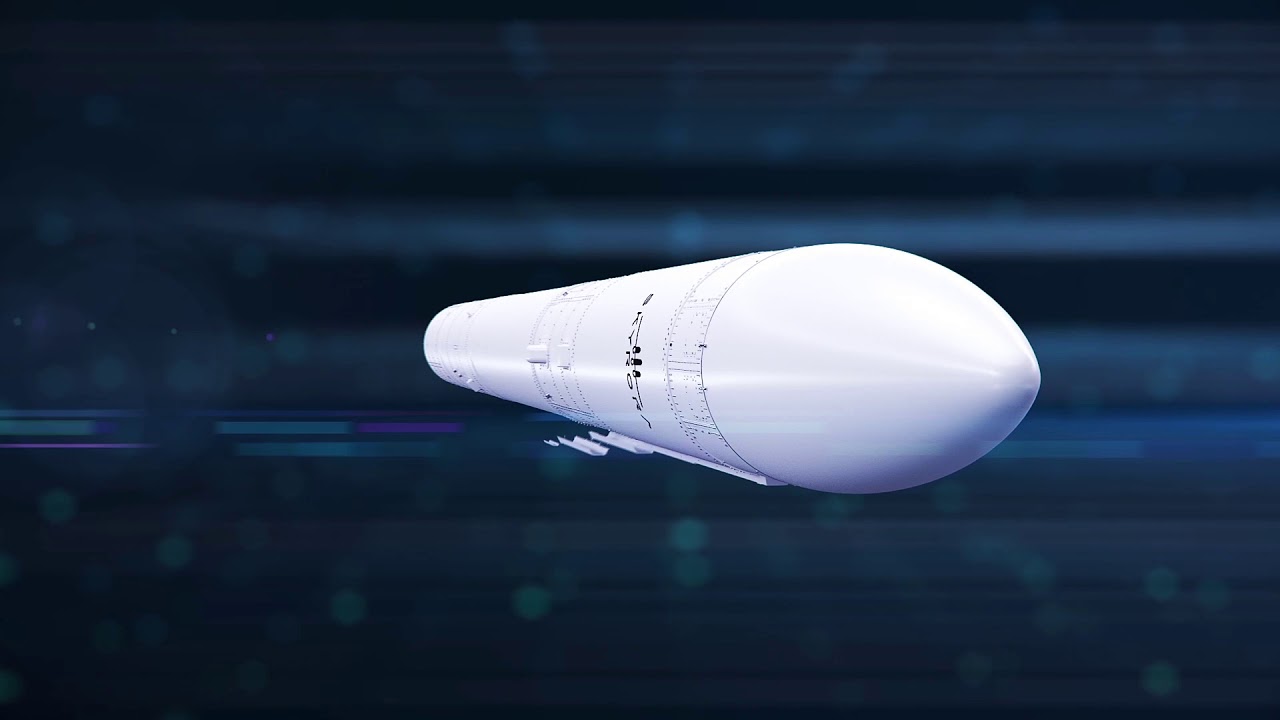Edinburgh-based Skyrora wants to be the first UK-based company to fire a rocket into space from Scotland—a goal that the company is on track to achieve later this year with its commercial sub-orbital launch vehicle, the Skylark-L.
The satellite launch startup is also using innovative technologies to get there.
Through a method called “powder bed fusion,” Skyrora uses a laser to melt and fuse metal powder together to 3D-print its rocket engines.
The startup uses 3D printing because the technology increases the accuracy of the components of the engine while significantly decreasing part count, manufacturing complexity and costs. Additive manufacturing techniques and advanced materials were also used to produce the engine.
In December 2019, the company revealed its 3D-printed 30kN (kilonewton) liquid bi-propellant rocket engine. Producing three tonnes thrust, this is one of the largest rocket engines ever to be developed in the United Kingdom.
The engine will be used to power the final stage of the 22-meter (72-foot) Skyrora XL, which will be launched from the UK starting in 2022 according to TechCrunch.
“At Skyrora, we are always looking to expand the impact space can have on our lives,” said Skyrora engineering manager Dr Jack-James Marlow. “Our vision is to make the UK a world leader in the growing space sector, unlocking the benefits of increased access to space for all. This development places Skyrora as a leader in the European launch vehicle market.”
Not only are the company’s engines created through 3D printing, but its high-grade fuel is composed out of plastic waste.
“We are using our upper stage LEO engine to validate a new type of fuel which we have produced,” Marlow said in a statement. “This fuel is made from unrecyclable plastic which otherwise would go into a landfill—helping us in our ambitions of revolutionising the UK space industry.”
Known as Ecoscene, the high grade fuel aims to limit the environmental impact of rocket launches. Skyrora can create around 600 kg (1,300 lbs) of Ecoscene from 1,000 kg (2,200 lbs) of plastic waste, resulting in around 45 percent fewer greenhouse gas emissions. Ecosene also does not need cryogenic freezing and can be stored in tanks for long periods of time—ideal qualities for the launch conditions in Scotland.
At the end of January, Skyrora performed its first tests with the Ecosene fuel, allowing the startup to compare its performance and behaviour directly with kerosene RP-1 rocket fuel. Earlier that week, the company performed 30-second firings using kerosene, enabling Skyrora to capture vital telemetry.
“These tests have been a crucial way for us to demonstrate the real scientific credentials underpinning our work,” explained Skyrora chief executive Volodymyr Levykin. “I must thank our team for their hard work in getting us to this stage and ensuring the tests are delivering exactly what we set out to do. In particular, the final day of testing on the Friday was a big day for us in learning more about the nuances of Ecosene—crucial for unlocking the transformative potential it holds for us and the entire space sector.”




